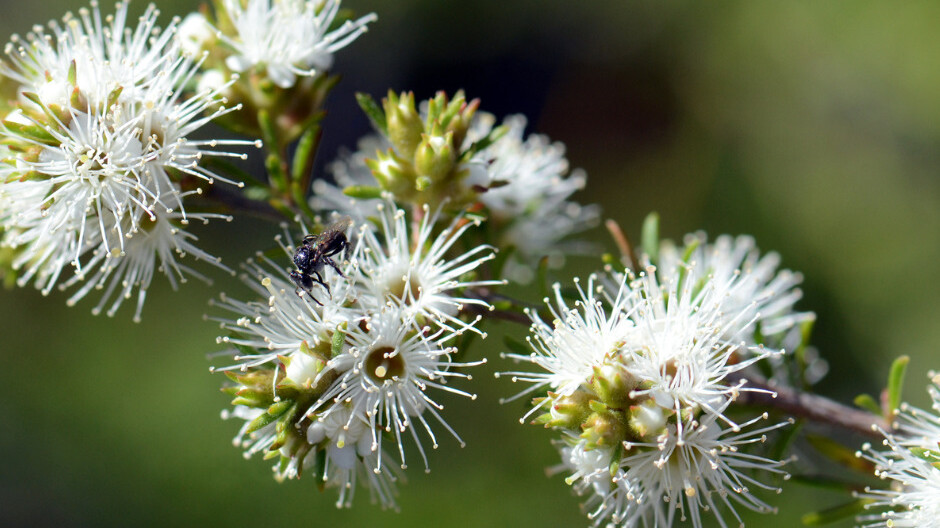There are a huge variety of containers available from expensive designer pots to recycled tin cans. What you choose comes down to budget, space availability and ‘the look’ you want for your garden. Read on for everything you need to know about growing in pots, raised beds and hanging baskets.
Considerations
The Container
You need to take into account the following factors when choosing a container;
- drainage: ensure your containers have good drainage with adequate holes in the base.
- size: make sure the plant roots have enough space to grow and repot into a larger pot when the roots appear to be out growing the container.
- porosity: some materials e.g. terracotta will draw water from the soil so will need to be watered more frequently than a glazed pot
- weight: think about where the container is going and if it will need to be moved about… pot + plant + soil = bad back! Wheeled pots are available to avoid too much heavy lifting.
- buy local: If you are buying new pots, try to buy locally made pots whenever possible as they have a lower environmental impact.
Potting Mix
Growing in containers and raised beds has the advantage that you get to bring in fabulous organic potting mix. Avoid garden soil as it tends to break down quickly in pots and lead to drainage problems. Potting mixes need to be topped up periodically, usually in spring. You can lift and repot or simply top dress the existing mix.
Mulch
On top of your containers will reduce evaporation and add nutrients to you mix. The type of mulch will vary depending on the plants e.g. a straw-based mulch for vegies, mixed sized woodchips for other plants
Fertiliser
Container plants require regular applications of fertiliser over time as plants constantly take up nutrients. There are many fertilisers to choose from and produce plants have different needs than flowering plants.
Over-watering
Make sure you know the moisture requirements of your plants and follow them. Before you water check the soil moisture by putting your finger in the soil up to the second knuckle. If the soil on your fingertip feels dry, water your plant. If you do over-water the leaves may turn yellow and fall off or your plant may go limp. If your soil is too wet move the container to a sunny spot until it dries out.
Under-watering
In summer you may need to water your container plants every day, particularly if they are small containers or hanging baskets with less soil to hold moisture. Make sure you give your plants a good soak so that water is coming out of the bottom of your pot. If your plant does dry out they may be revived with a soak in a bucket of water.
Plants
You can plant virtually anything in a container. The important considerations are to:
- grow a plant in the right sized container for its roots and height
- ensure your have the right plant in the right place e.g. Sun loving plants in full sun areas
- check your plants regularly for pests and diseases
- group plants that require similar levels of watering together.
Planning
Containers look best when they’re grouped together, with pots of all different shapes and sizes closely clustered. To create a sense of space and depth select pots of different sizes and group them from smallest pot size at the front to larger pot size at the back.
Related Articles:
Wildflower gardens – What’s the buzz about?
In the quest for sustainable and environmentally conscious practices, gardening enthusiasts and nature lovers alike are turning to a time-tested…
Garden Journaling – Slow down to tune in.
As we move through the year and our gardens evolve, there's something magical about documenting the journey. Garden journaling is an art that enables…




